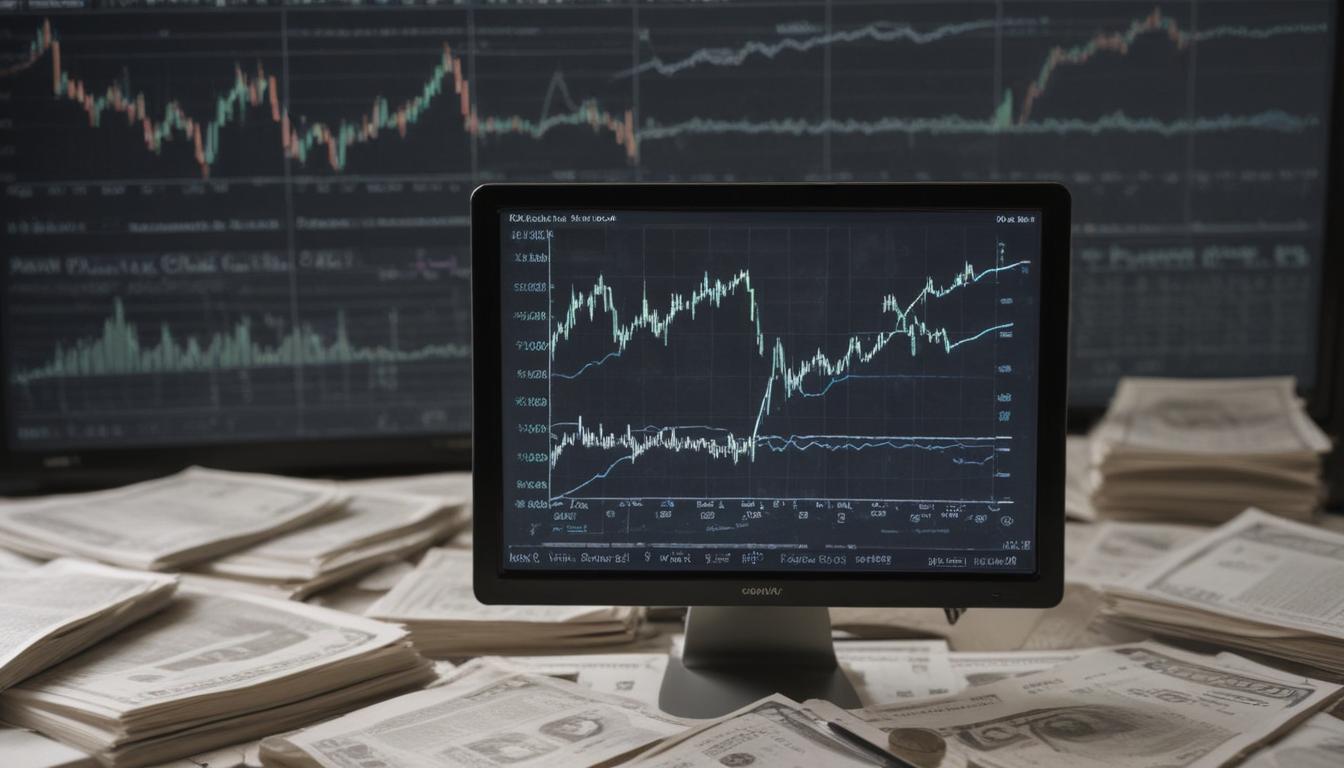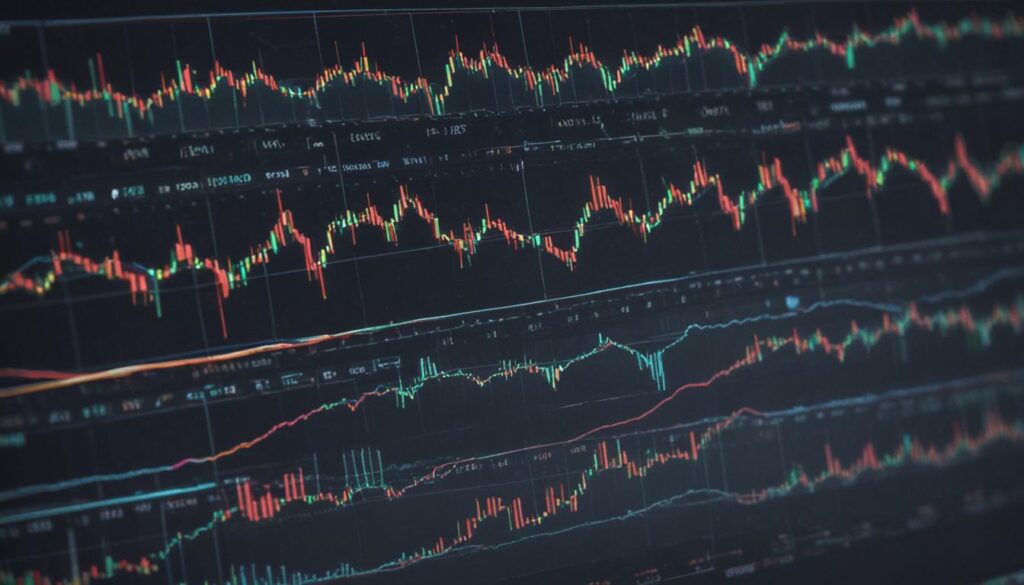Now Reading: Getting Started in Quant Finance
- 01
Getting Started in Quant Finance
Getting Started in Quant Finance

The Basics of Quantitative Finance
Have you ever heard the term “quant” and imagined a scene from a Hollywood movie, with complex equations flashing across screens and billions of dollars moving in milliseconds? It can feel like an exclusive club, a part of the financial world that is intentionally complex and out of reach. You might feel that without a Ph.D. in astrophysics, you have no hope of understanding how modern markets truly work. The good news is that the core concepts behind this fascinating field are not as impenetrable as they seem.
This guide is your entry ticket. We are going to pull back the curtain on quantitative finance, breaking it down into simple, understandable ideas. You don’t need to be a math genius to grasp the fundamentals. By the end of this article, you will understand what quantitative finance is, what its core components are, and why it has become one of the most powerful forces shaping global markets today. Think of this as your personal translator for the language of modern finance.
What Exactly Is Quantitative Finance
At its heart, quantitative finance is the practice of using mathematical models and massive datasets to analyze financial markets and make decisions. Instead of relying purely on intuition, fundamental company analysis, or economic news, a quantitative approach seeks to find patterns, price assets, and manage risk using the objective power of numbers. It is the application of the scientific method to the world of investing and trading.
The primary goal is to represent financial reality through models. For example, a quant might build a model to determine the fair price of a complex financial instrument, like a stock option, based on factors like the stock’s price, volatility, and time. Others might develop algorithmic trading strategies that automatically buy or sell assets when specific, data-driven conditions are met. Ultimately, the field is all about removing emotion and guesswork from financial decisions and replacing them with rigorous, evidence-based analysis. Key areas of focus include derivatives pricing, portfolio management, and, crucially, risk management.

The Core Pillars of a Quant’s Toolkit
Quantitative finance stands on a foundation of several key disciplines. A “quant” is not just a mathematician or a programmer; they are a hybrid professional who must be fluent in multiple domains. These pillars work together to turn abstract theories into profitable, real-world strategies. Understanding these components is the key to understanding how the field functions as a whole.
Mathematics and Statistics
Mathematics is the language of quantitative finance. Concepts from calculus are used to model rates of change, while linear algebra is essential for handling the large, multi-dimensional datasets common in finance. However, the most critical mathematical discipline is probability and statistics. Since the future is inherently uncertain, quants use probability theory to model the likelihood of different market outcomes. This is the bedrock of pricing derivatives and assessing risk.
Statistics is the tool used to extract meaningful signals from noisy market data. A quant analyst might use regression analysis to understand the relationship between interest rates and stock market returns or apply time-series analysis to forecast a currency’s future movements based on its past behavior. Without a deep understanding of statistics, a model could easily misinterpret random noise as a genuine pattern, leading to disastrous financial consequences.
Computer Science and Programming
A brilliant mathematical model is useless if it only exists on a whiteboard. Computer science and programming are what bring these models to life. Quants must write code to clean and process vast amounts of historical data, test their strategies against that data in a process called backtesting, and deploy their algorithms into live markets to execute trades automatically.
The most popular programming language in the quant world is Python, celebrated for its powerful data science libraries like Pandas, NumPy, and Scikit-learn, which make developing and testing models relatively fast. For strategies where every microsecond counts, such as high-frequency trading, C++ is often preferred for its raw execution speed. Programming is the bridge that connects mathematical theory to practical application, turning abstract ideas into tangible financial actions.
Why Quantitative Finance Matters Today
The rise of quantitative finance has fundamentally reshaped the financial landscape over the past few decades. Its influence is felt in almost every corner of the market, from individual retirement accounts to the operations of the world’s largest investment banks. Its importance stems from its ability to enhance efficiency and provide sophisticated tools for managing the immense complexity of modern finance.
One of its most significant impacts has been on market efficiency and liquidity. Algorithmic and high-frequency trading, both products of quantitative methods, now account for a huge portion of daily trading volume. These algorithms provide constant buy and sell orders, which tightens the spread between bid and ask prices and makes it cheaper and easier for everyone to trade. Furthermore, the rigorous models developed by quants have enabled the creation of complex financial products that allow corporations and investors to hedge against very specific risks. This ability to price and transfer risk is vital for the smooth functioning of the global economy.





































